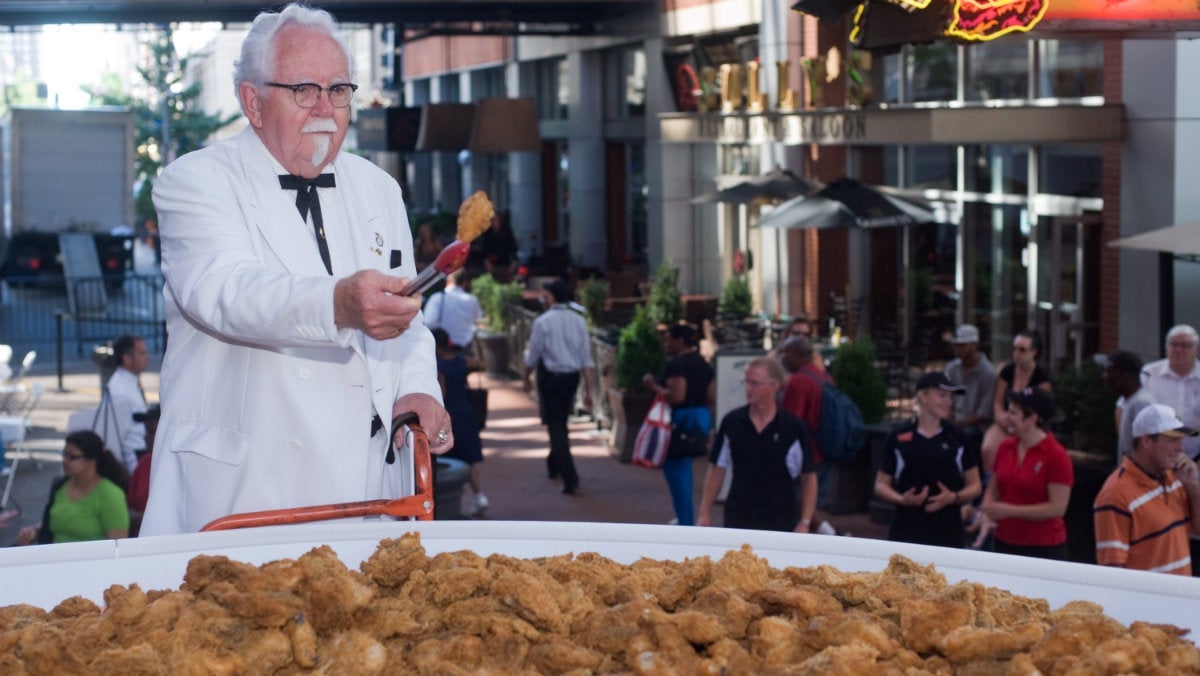KFC’s boneless chicken is supposed to please American millennials. Here’s why it won’t
The fast-food industry has a millennial problem. The latest example of this industry’s struggle to figure out how to attract (and keep) millennials’ attention is KFC’s new “original recipe boneless” chicken—a menu item that KFC has, rather tellingly, decided to peg as “revolutionary.”

The fast-food industry has a millennial problem. The latest example of this industry’s struggle to figure out how to attract (and keep) millennials’ attention is KFC’s new “original recipe boneless” chicken—a menu item that KFC has, rather tellingly, decided to peg as “revolutionary.”
When KFC made the announcement on April 5th, KFC spokesperson Rick Maynard explained that the restaurant is introducing boneless chicken to go after American millennials (those born in or after 1982), a group that “grew up on chicken nuggets.” But if you take a look at the fast-food industry as a whole, it’s clear that the millennial problem goes deeper than an aversion to bones.
Take McDonald’s: While it’s the number one fast-food chain the US, it doesn’t even rank in millennials’ top 10 restaurant chains. “When you look at millennials, the one thing that characterizes them is contradiction, says Jordan Lebel, restaurant industry expert and marketing professor at Concordia University, in Montreal. “You will find everything in their behaviour, as well as its exact opposite.” This generational cohort is simultaneously characterized as caring yet self-absorbed, anxiety-ridden but also self-confident, health-conscious and convenience-seeking.
Lebel says that marketing to millennials—what restaurant industry professionals think of as the 16 to 34 year-old crowd—is hard because they are simply too fickle to pin down. “Even if they really like something the first time they try it, they may never go back” because millennials prioritize variety over what older people might think of as “tried and true,” he says.
This poses a huge problem for KFC, which bases its entire business plan on a single menu item—fried chicken, which is neither healthy nor easy to innovate. The company has attempted to vary its offerings in recent years—remember the infamous Double-Down? But even the Chinese market, one of the few places where KFC has managed to outperform McDonald’s, has been turning its back on the Yum! Brands-owned company recently because of the bird flu threat.
And contrary to what KFC marketers might think, American millennials didn’t just grown up on chicken nuggets, but also on organic, gluten-free and vegan foods—all offerings that are unlikely to appear on KFC’s menu any time soon. While McDonald’s will soon be offering its most customizable menu item yet, the McWrap, for those who would rather hack its menu than order what’s on the board, pleasing young customers is an uphill battle for KFC.
So why didn’t KFC clue into this and take things a step further? Probably because it can’t without angering its older, loyal customers. Even a change as simple as dipping their chicken, now boneless, in a spicy Mexican sauce could be enough to confuse and even anger its fan base, says Lebel. In short, KFC is in a fried chicken trap that even its Kentucky Grilled Chicken offering can’t fix.
Fortunately, chicken’s popularity is on the rise, mainly because of the health concerns related to eating large quantities of red meat. Last year alone, Americans consumed over 8.4 billion plant-raised chickens, according to USDA agricultural economist David Harvey. So the very thing that is holding KFC back in the US might also be its salvation. But that’s only if it can look beyond the standard fried chicken and take an actual risk—one that is more “revolutionary” than removing a few bones.